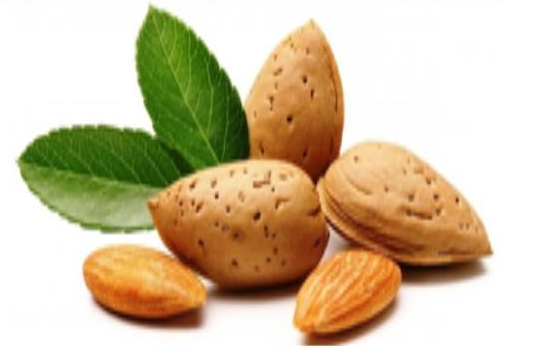An Overview Of Our Solution
Plantation of grafted wild almond for rehabilitation of range land, improvement of livelihood, environment and biodiversity in Afghanistan.
Who is this solution impacting?
Additional Information
- Population Impacted:
- Continent:
General Information
Organization type
公司
Population impacted
7000
Challenge
Size of agricultural area
500 hectares
Production quantity
300.000 kilos per year
People employed
1000
Solution
Describe your solution
Answer over character limit
Implementation
Describe your implementation
Answer over character limit
External connections
The project committed to hire enough number of qualify horticulturist staff which has the extension skill that can be encourage plantation of drought-tolerance grafted sapling of almond for orchard establishment in rain fed condition and utilizing drought resistant crop such as saffron, black cumin, ferula, local alfalfa for intercropping and can be able to adapt supplement irrigation and proper eco-friendly techniques in dry land farming to makes people more interested to use the rarest drought resistance crops to increase the productivity, production and profitability of dry land farming to improve their livelihoods and nutrition.
The project seeks to coordinate the project implementation with key stakeholders such as General Directorate of Natural Resources Management at MAIL, PAIL and DAIL and directly engage the community development council and natural resources management council in the project planning, monitoring and evaluation by raising their awareness to improve soil and water conservation and improvement of livelihoods by plantation and management of drought resistance plants in target area.
Results
What is the environmental or ecological challenge you are targeting with your solution?
Answer over character limit
Describe the context in which you are operating
Answer over character limit
How did you impact natural resource use and greenhouse gas emissions?
Answer over character limit
Language(s)
Dari, Pashto
Social/Community
According to USAID rate in 2008 the poverty rate is 23.1%, literacy rate is 46,8% but the Kuchi population in Kabul province has low level of literacy with just 2.8%(5% of boys and 2% of girls attend school), child labor rate is 21.2% female literacy rate is 302% and female share in active population is 16.2%
Water
In 2007, around 51% of household in rural and urban area has access to irrigation water, only 3% of rural housholds and 2% of urban households had access to rain-fed land
Food Security/Nutrition
Calorie deficiency(%consuming less than 2100 calories per day): 17.9%, and also 57% of household during the year with problem of satisfying food needs.
Economic/Sustainable Development
About 53% of all household in the province drive income from trade and services, 27% from nonfarm related labor. Agriculture is a major source of revenue for 41% of rural households, livestock also accounts for income for 8% of rural households.
Climate
Kabul has a cold semi-arid climate w/ precipitation concentrated in the winter (almost exclusively snow) and spring. Temperatures are relatively cool compared to much of Southwest Asia, mainly due to high elevation. Summer has very low humidity. Autumn features warm afternoons and sharply cooler evenings. Winters are cold with a January average of −2.3 °C. Spring is the wettest time of year, though temperatures are generally amiable. Sunny conditions dominate year-round.
Sustainability
We estimate that the income of the target farmers are increased about 4 time comparing to rain fed wheat cultivation, therefore the farmers are not rely on grant funding or government subsidies after project complation
Return on investment
The total cost of the project is about #2 million and the income of the farmers increased 4 time then before of project implementation and this income will be continue for several years.
Entrant Banner Image

Replication and Scale
How could we successfully replicate this solution elsewhere?
Answer over character limit
